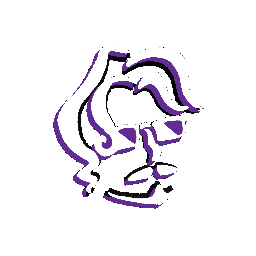

Halfway through the development of Syke, my capstone project, one of the level designers had to take a leave of absence for health reasons. At this point, we had essentially two options: To cut the level they were working on, or find the extra hands required to ship it. After several discussions with teammates, producers, and the affected designer, I volunteered to fill the role.
I knew that I'd have to approach this challenge with modular thinking and be open to ruthless iteration within the guidelines provided by the former designer. Many of the mechanics and assets for the level were already in production, so this created interesting creative guidelines. In the end, I'm proud to say that the school level is a personal highlight of the game. It is a concise, polished experience, with an active narrative and interesting puzzles that take advantage of Syke's unique mechanics.
The unique challenges and constraints of this design heavily influenced my output. From the start, we had a good idea of what needed to stay the same, and what could be iterated upon. Here's some context on what things looked like:
After the broad strokes and creative restrictions were established, it was time to start working on my contributions to the level. The process of adding to and modifying the original design would require intense iteration, and every design decision was justified by player testing and narrative relevance.
Realizing this level in collaboration with the talented artists and designers on the team was an absolute blast. In a true "all hands on deck" situation, I was contributing to the last bits of engineering polish and working with artists to finalize environmental details up to the last minute.
